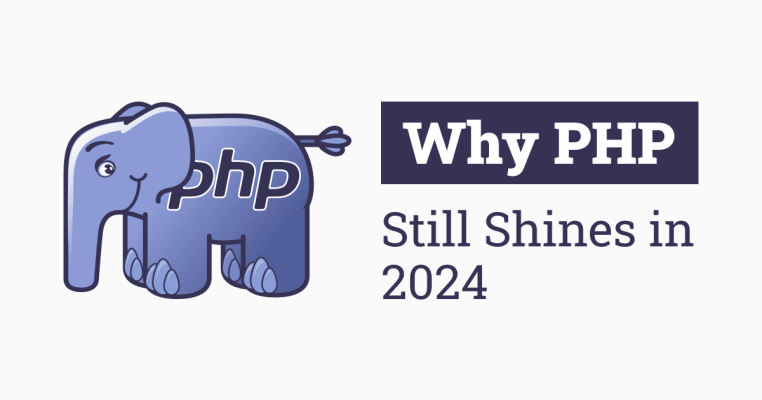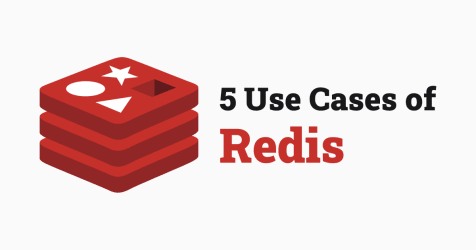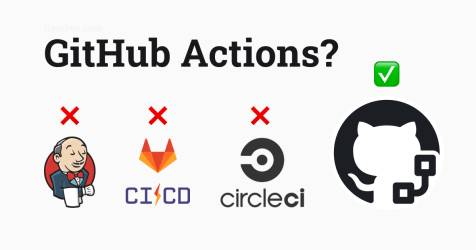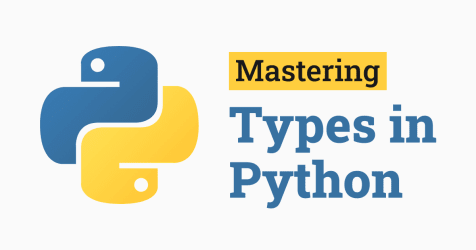Why PHP is Still Relevant in 2024: Technical Insights
PHP has been a fundamental pillar in my career as a developer. Although many think it is an outdated technology, the reality is that PHP has evolved and continues to be a powerful and relevant tool in web development. Here I present five unique technical reasons why PHP continues to stand out in 2024, supporting each point with practical examples and concrete use cases.

1. Fibers: Asynchronous Concurrency Control
One of the most powerful additions to PHP in recent versions is Fibers. These allow developers to handle concurrency more efficiently without resorting to external libraries or additional languages. Fibers allow pausing and resuming functions, facilitating the management of asynchronous operations.
$fiber = new Fiber(function() {
echo "Starting asynchronous operation...\n";
Fiber::suspend("Paused"); // Pauses execution and returns "Paused"
echo "Resuming asynchronous operation...\n";
return "Completed";
});
echo $fiber->start();
// Starts and pauses the Fiber, output: "Starting asynchronous operation... Paused"
echo $fiber->resume();
// Resumes the Fiber, output: "Resuming asynchronous operation... Completed"
This makes PHP more robust for applications that require complex task management, without the overhead of learning another language or paradigm.
2. Improved Type System
PHP has significantly strengthened its type system with the introduction of Union Types, Typed Properties, and more recently, Intersection Types. This allows writing safer and less error-prone code, improving the maintainability and robustness of the software.
// Example of Union Types:
class User {
public int|string $id;
public function __construct(int|string $id) {
$this->id = $id;
}
}
$user = new User(123);
echo $user->id; // 123
$user = new User("ABC");
echo $user->id; // ABC
// Example of Intersection Types:
interface A {
public function methodA(): void;
}
interface B {
public function methodB(): void;
}
class MyClass implements A, B {
public function methodA(): void {
echo "Method A";
}
public function methodB(): void {
echo "Method B";
}
}
function process(A&B $object): void {
$object->methodA();
$object->methodB();
}
$myObject = new MyClass();
process($myObject); // Outputs "Method A" and "Method B"
These enhanced capabilities allow for greater precision in defining types and data structures, facilitating the development of more robust and error-free code.
3. Built-in Web Server Integration
Since PHP 7.4, the built-in web server has been significantly improved, making it easier to develop and test applications without needing to configure full servers like Apache or Nginx. This allows for more agile development and lowers barriers for new developers.
php -S localhost:8000 -t public
This command starts a web server on port 8000 serving files from the public directory, allowing for quick and efficient local development setup.
4. Native Support for gRPC Servers
PHP has integrated support for gRPC, a high-performance remote procedure call (RPC) system developed by Google. This is crucial for building efficient and scalable microservices, allowing for fast and secure communication between different services.
$client = new \Grpc\HiClient('localhost:50051', [
'credentials' => \Grpc\ChannelCredentials::createInsecure(),
]);
$request = new \HiRequest();
$request->setName('Manuel');
list($response, $status) = $client->SayHi($request)->wait();
echo $response->getMessage(); // "Hello, Manuel"
This native support for gRPC allows PHP to integrate efficiently into modern microservice architectures.
5. Specialized Frameworks for Machine Learning
Although it’s not the first thing that comes to mind with PHP, there are libraries and frameworks like Rubix ML that bring machine learning capabilities directly to the PHP ecosystem. This is particularly useful for projects that want to integrate analysis and prediction capabilities without changing the technology stack.
use Rubix\ML\Classifiers\KNearestNeighbors;
use Rubix\ML\Datasets\Labeled;
$samples = [
[3.0, 2.5],
[1.0, 1.5],
[4.0, 2.2],
];
$labels = ['apple', 'pear', 'apple'];
$dataset = new Labeled($samples, $labels);
$estimator = new KNearestNeighbors(3);
$estimator->train($dataset);
$prediction = $estimator->predict([3.5, 2.7]);
echo $prediction; // "apple"
The ability to perform machine learning in PHP without relying on other languages or external services opens up a world of possibilities for intelligent web applications.
Conclusion
In the world of software development, where trends come and go, PHP has proven to be a reliable and evolving constant. Its recent technical improvements, from Fibers to Intersection Types, have strengthened its position as a versatile and robust tool. It’s easy to underestimate PHP due to its longevity, but its ability to adapt and adopt new technologies keeps it relevant and competitive.
On a personal level, PHP has not only been a programming language but a companion in my career, allowing me to innovate and solve complex problems efficiently. By integrating capabilities like gRPC and machine learning, PHP opens doors to more advanced and sophisticated development.
So, why keep choosing PHP in 2024? Because it is a technology that continues to evolve, offering modern tools without losing the simplicity and efficiency that have characterized it from the beginning. In a world of rapid changes, having a solid and adaptable foundation like PHP is more valuable than ever.





